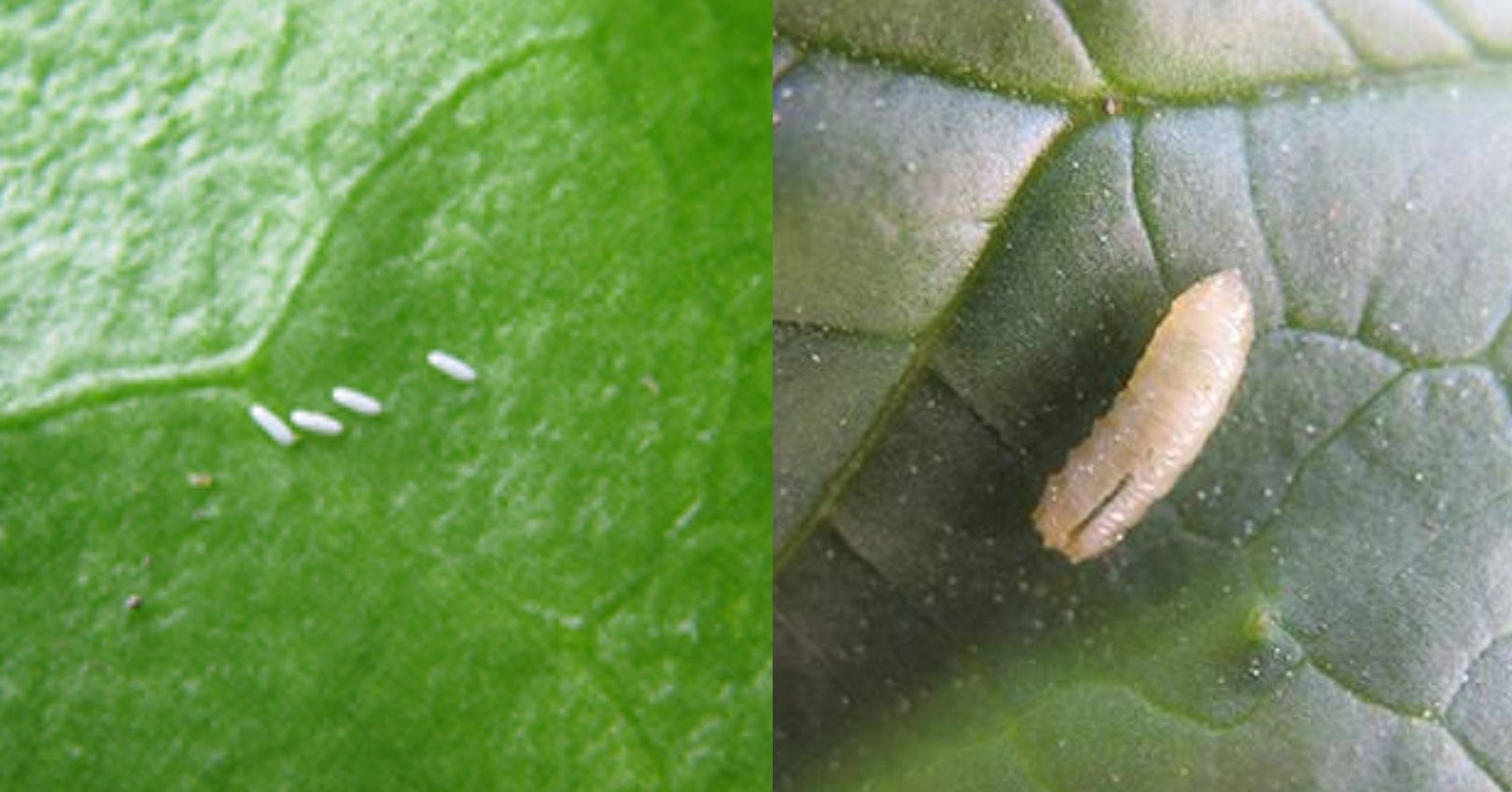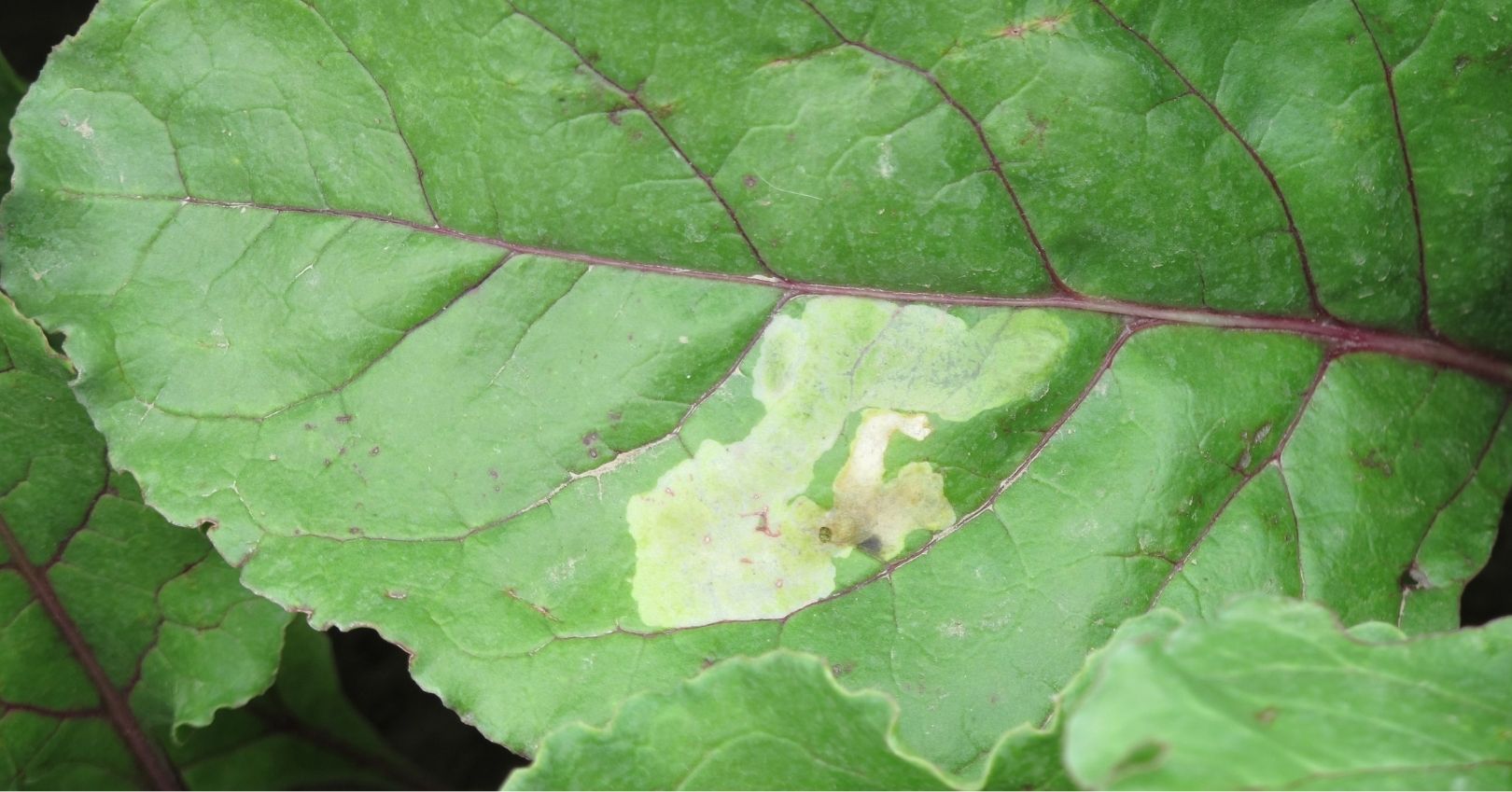Beet Leafminer


Description
Adult: Flies are hairy and measure ¼ inch long and are gray-brown in color, with long silvery-white hairs. A dark stripe on the abdomen, and transparent wings.
Egg: Elongated, oval-shaped, and bright white. They are less than 1 mm wide and have hexagonal patterning along the surface.
Larva: Cylindrical and tapered to a point at the end. Coloration changes from transparent to yellow through three instars.
Pupa: Starts off brown and then turns black.
Life History
Beet leafminers overwinter as pupae. Adult flies emerge in April and May. Each female lays up to 70 egg clusters on the undersides of leaves. Eggs hatch within 3-6 days, and larvae immediately begin mining within the leaves. Typically, only 2-3 larvae will can survive on a single leaf. The larva stage lasts 7-12 days. Once larvae reach maturity, they drop to the soil to pupate for 10-20 days. In Utah, 2-4 generations can occur per year, and each generation lasts about 30-40 days.
Damage
Beet leafminer can attack beets, spinach, Swiss chard, and other leafy greens. Damage occurs in both the upper and lower epidermis of the leaves where the mining causes blotching and brittle leaves. For root crops, this feeding damage will decrease root development.
Management
Cultural
- Inspect leaves. Find egg masses throughout the growing season and crush them.
- Clip and remove infested leaves.
- Gently cultivate the soil. Around the plants to uncover pupae and destroy any that are found.
- Use adequate irrigation. This keep plants healthy.
- Eliminate alternate hosts. Destroy weeds and deep plow or physically remove crop residues which can be food and overwintering sources for leafminers.
- Encourage parasitic wasps. Plant flowering plants with nectar and pollen-rich umbel-type flowers with shallow cups, such as yarrow, dill, and fennel.
- Cultivate the soil in late fall. Expose overwintering pupae to the colder temperatures that will kill them.
Chemical
Insecticide applications help prevent adults from laying eggs, but they do not kill larvae that are already feeding within the plant leaves. Choose low impact insecticides such as spinosad, when possible to reduce impacts on natural enemies. If insecticides are necessary, the time to treat is on the eggs as they hatch. Make sure to get good coverage on the leaves.
Biological
Generally, leafminer numbers are strongly suppressed by natural predators and outbreaks are usually associated with the use of insecticides. Several parasitic wasps and predators, including vespid wasps (yellow jacket and European paper wasp) and predatory thrips, will attack leafminers.
More Information
Leafminer Management

